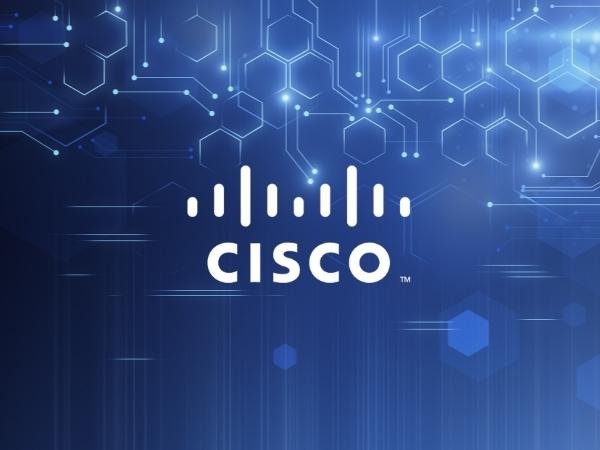
Cisco has taken several approaches to SD-WAN in the past. Its current products are Meraki, Viptela and the version of Viptela launched as an extension to Cisco’s router platform. This blog post details the strengths and weaknesses of Cisco’s SD-WAN solutions, compares how they stack up to SD-WAN companies like Silver Peak, and describes why we believe our Turnium SD-WAN platform is better suited to service providers.
Pros and Cons of Cisco SD-WAN (including Viptela and Meraki)
Since Cisco dominates a few market segments with both its Viptela and Meraki solutions, this vendor is named a challenger, rather than a leader, in Gartner’s Magic Quadrant for WAN Edge Infrastructure which compares the performance of a range of SD-WAN companies.
Cisco acquired Meraki in 2012 and Viptela in 2017. Meraki is a full platform that encompasses traditional networking, mobile device management (MDM), security cameras, and SD-WAN software whereas Viptela is purely focused on SD-WAN. Meraki is ideally suited for customers that have installed Meraki security devices and want to manage their SD-WAN from the cloud.
The Meraki SD-WAN platform is simple. However, its link aggregation is not very efficient and failover between circuits can take between 30 seconds and three minutes. Any session-based applications (phone calls, video calls, or session-based web applications) will disappear when one of the circuits at a site goes offline. This creates a poor user experience.
Viptela is different as it’s a software-based solution that can be deployed as an on-premises workload or in the cloud. Cisco recently moved the Viptela code over to the IOS hardware platform to differentiate by providing a converged environment. Gartner reports that this move has had limited success and has resulted in stability and scale problems. It is complicated and challenging to install. Further, Cisco ISR hardware may need upgrades to support Viptela due to throughput limitations.

Cisco Meraki, Cisco Viptela SD-WAN Alternatives
Alternative 1: Silver Peak SD-WAN vs. Cisco SD-WAN
Like Cisco, Silver Peak’s SD-WAN product has strong application management including WAN and real-time traffic optimization. Also like Cisco, Silver Peak’s core nodes are not multi-tenanted, so the ability to scale infrastructure costs effectively is limited.
However, Silver Peak lacks the native advanced security functionality provided by Cisco Meraki. Instead, Silver Peak relies on partner firewalls on its platform or cloud security services.
Silver Peak’s WAN edge offering also lacks cloud gateways, requiring enterprises or MSPs to create them from scratch and Silver Peak requires a closed customer-premises equipment (CPE). This means there’s no way to put multiple containers on the edge devices and that customers are locked into Silver Peak as a vendor.
Alternative 2: Turnium SD-WAN vs. Cisco SD-WAN
As Cisco is traditionally a hardware vendor, both Viptela and Meraki are sold as hardware-driven solutions through Cisco’s extensive sales channels. This results in a lot of local competition which makes it difficult for service providers to differentiate their Cisco SD-WAN offers, except through price. .
Cisco’s offerings are also considered challenging to quote, configure, and sell — especially for service providers. Their licensing models require lots of customer explanation and some customers dislike having to buy term-based software support and maintenance agreements.
Turnium empowers service providers to bring their own privately-branded SD-WAN service to the market instead of just reselling a brand like Cisco. Since Turnium SD-WAN focuses solely on partner sales and is usually white-labeled, it is a more partner-friendly SD-WAN solution.
Listed as a “Vendor of Note” in Gartner’s Magic Quadrant for WAN Edge Infrastructure, Turnium is a better fit for service providers that seek to:
- Control SD-WAN pricing and markup (Cisco has complex pricing structures)
- Access multi-tenant core nodes (Cisco’s core nodes are not multi-tenanted)
- Gain virtual CPE on white box hardware (Cisco hardware is preferred with Cisco SD-WAN)
- Improve uptime with bandwidth aggregation (Meraki’s link aggregation is inefficient and can cause downtime)
- Retain infrastructure control with customization ability
Contact an expert today to learn more about the business benefits of Turnium for MSPs.
